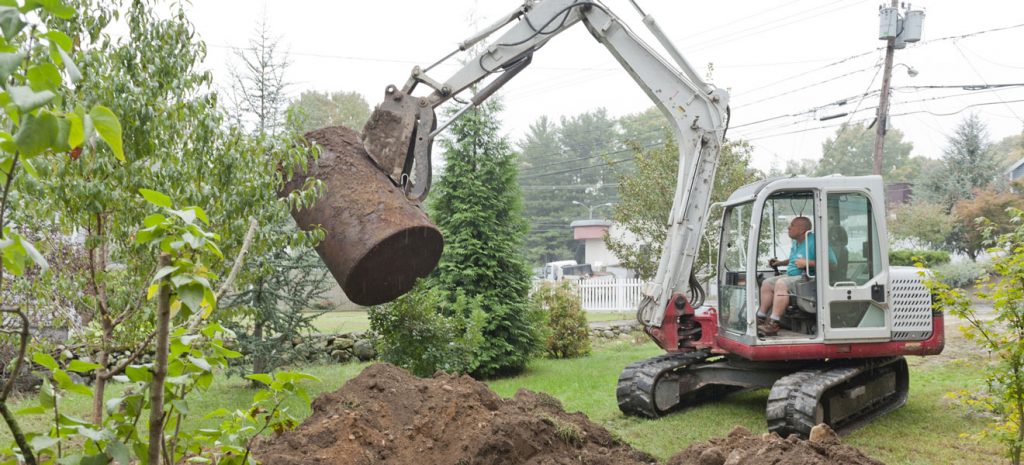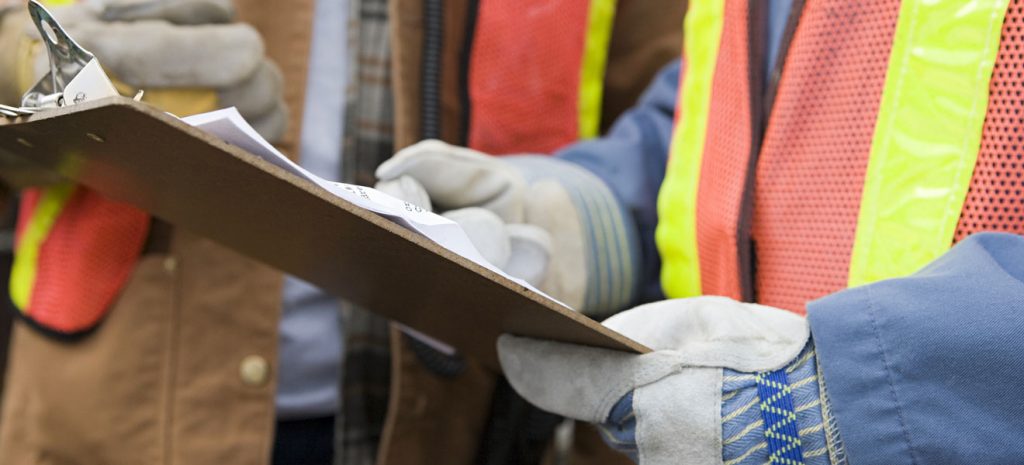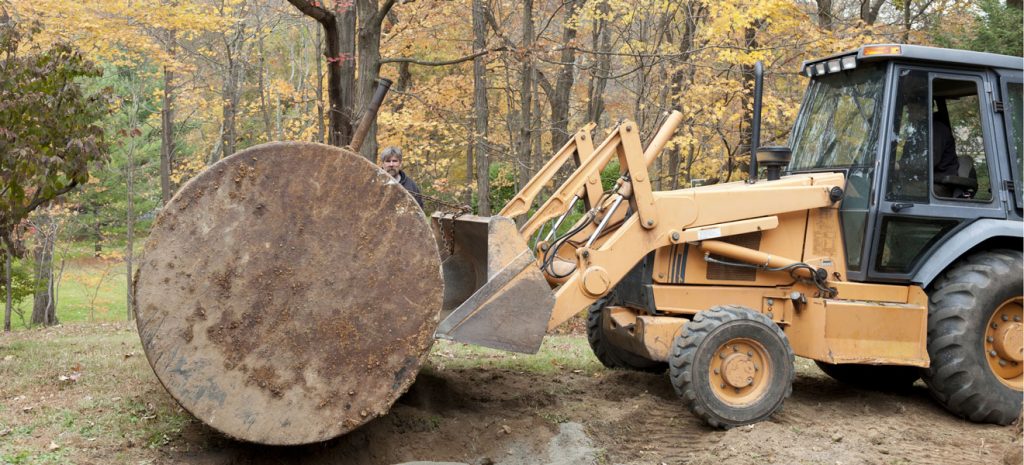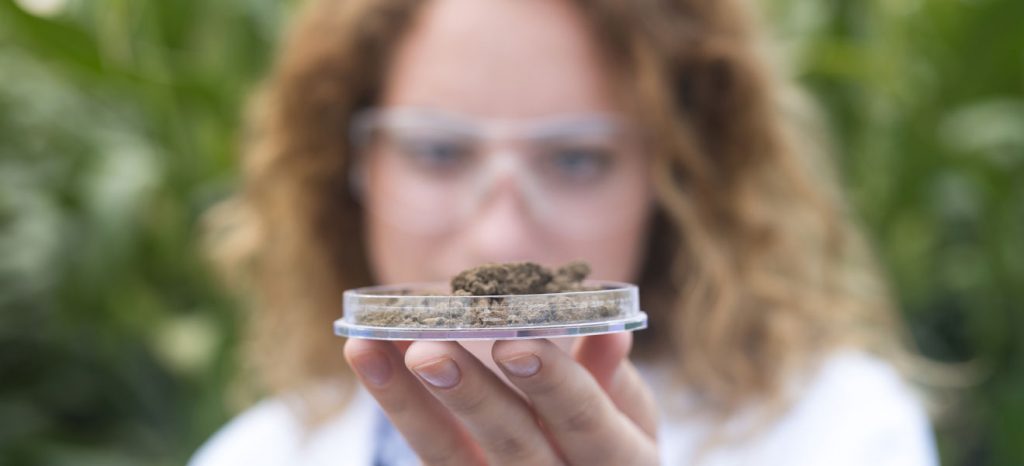
Are you suspicious that a residential oil tank may be lurking beneath your property?
Are you looking to sell a home built before 1982?
If so, it’s a good idea to call professional oil tank removers, such as Waterline Environmental, to assess and address your concerns. Here’s what to expect when you book an appointment with us:
1. Contact Us With Your Oil Tank Concern
Simply call Waterline President Stu Ferguson at 905-876-8298 and explain what kind of property you have, where you live, and what the reason is for your call. Once you’ve had a chance to chat, we’ll set up a time we can come and visit your property.
2. Arriving On Site
On the scheduled date, we’ll arrive on-time and prepared to investigate your oil tank concerns. Our team is fully trained and equipped to provide you with the answers and advice you need during this period of unknowns.

3. Oil Tank Detection
We’ll begin our oil tank search with a visual inspection. Should we detect any 2 inch fill pipe appearing through your lawn, porch, or anywhere around your home, this is a good indication an oil tank lives below.
In most cases, if an oil tank has been removed from your property in the past, the fill pipe would have been removed too.
We’ll also look for vent pipes. Vent pipes were once used to provide ventilation for underground oil tanks, as oil was transferred to heat your home. If you notice one of these vent pipes, it is critical that you have the oil tank and vent pipe removed as soon as possible.
4. Plan Of Oil Tank Removal
At this point in our process, we’ll have either detected that you may have a tank, or have determined you do not have a tank on your property.
No Tank = Oil Tank Certificate
If no tank is detected during our search, we’ll issue you a certificate that indicates no oil tank was located and your property is free of risk.
Yes Tank = Free Quote
Our Waterline Team will conduct an efficient and thorough oil tank removal quote and provide you with an estimate that is as accurate as possible. We can guarantee that our prices are transparent and we include no hidden fees. We always put both you and the environment first.
5. Getting Started With Your Oil Tank Removal
When an underground oil tank is detected, it must be removed. All service locates are done by Waterline prior to excavation. We will hand-dig to confirm services that may be close to the underground tank (Hydro, gas, etc).
6. Oil Tank Excavation
Dedicated to your safety, we’ll carefully excavate over the tank and store soil on site for backfill.
7. Pumping Oil Out Of Your Tank
Before removing oil, Waterline Environmental specialist will cut open the tank. We will then remove all remaining liquid and sludges that may exist within the tank.

8. Oil Tank Removal
Finally, we will remove the tank from the ground and inspect for corrosive failure.
9. Sampling Your Soil For Contamination
When a fuel tank is expertly removed, a perimeter analysis of the tank is taken. Once the level of contamination has been estimated, workers dig the contaminant out completely – placing the removed soil in a lined, leak-free bin.
Contaminated soil is concerning as oil can impact soil quality, the health of your family and neighbours by contaminating well water / ground water and prevent the resale of your property.

10. Soil Testing
The Waterline team performs a thorough soil analysis, verified by a Professional Geoscientist.
If Clean Sample = All Good
If the site complies with environmental regulation criteria, the tank nest can be backfilled with clean soil and reported as having met all requirements. We will then dispose of your tank and all associated piping to a registered recycler. We will also remove any fill and vent from the perimeter of your home or building, and ensure your property is clean and orderly before we depart.
If Contaminated Sample = Remediation Needed
If the soil analysis determines that the soil has a higher part per million (ppm) than the Ministry of Environment guidelines permit, the soil will need to be removed and transported to a registered receiver for remediation.
There are two processes that Waterline uses for remediating contaminated soil – in situ bioremediation or pump and treat. We will provide you with detailed information on which next steps need to be taken to clean your soil.
11. Re-Testing
Once remediation is complete, your soil must be re-tested to verify compliance.
12. Clean Sampling
Once our Geoscientist has cleared your property, the tank nest can be backfilled with clean soil. If we haven’t done so already, we will remove any fill and vent from the perimeter of your home or building, and ensure your property is clean and orderly before we depart.
13. Clean Report
In the end, a final report is signed by the attending P.Geo all to MOE & E, CSA and TSSA code requirements.
Contact Waterline Today!
To learn more about our oil tank removal service, contact us today or visit our FAQ page.